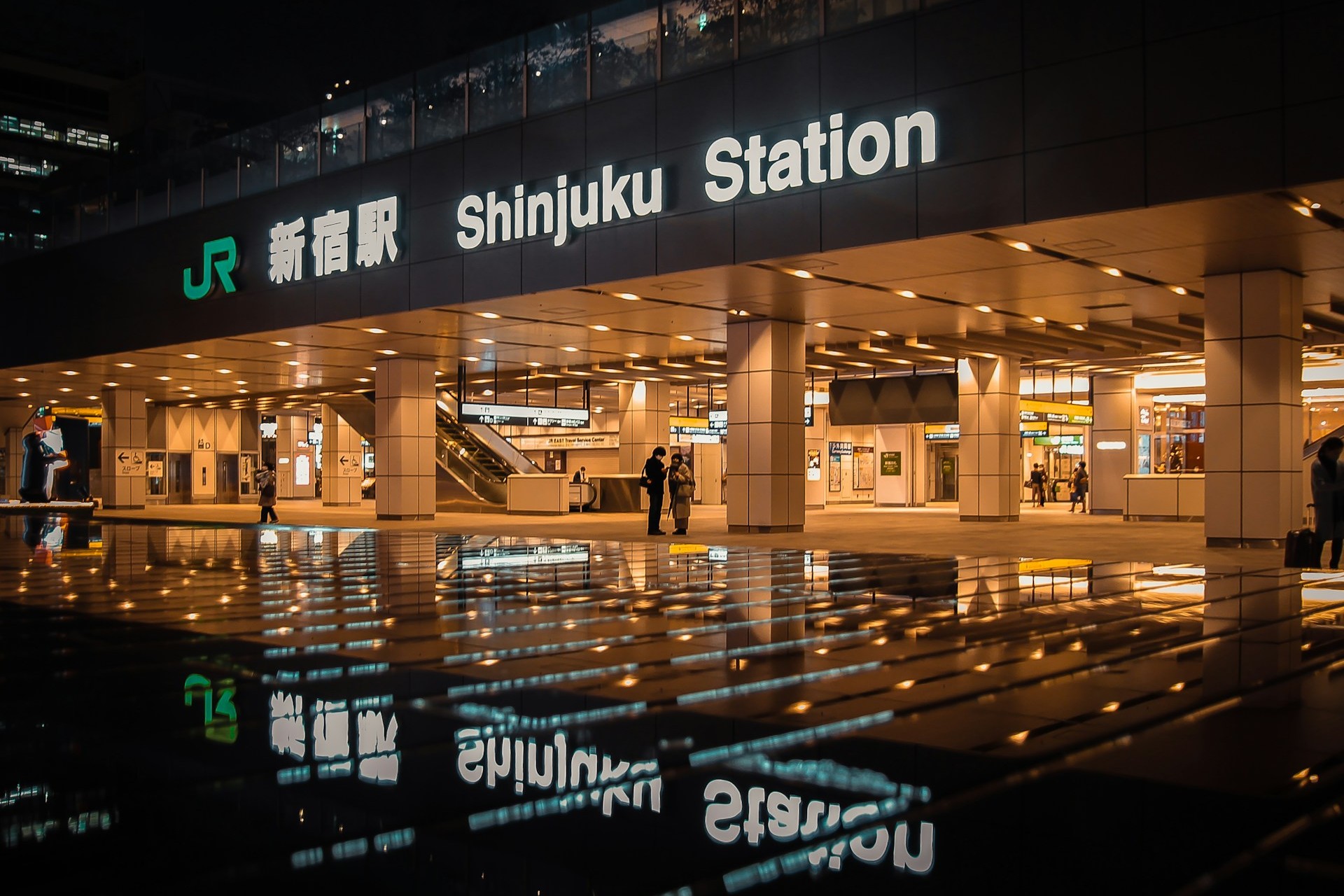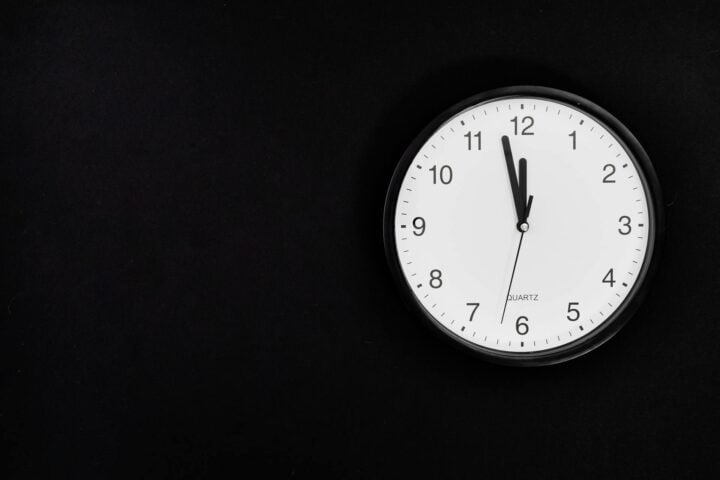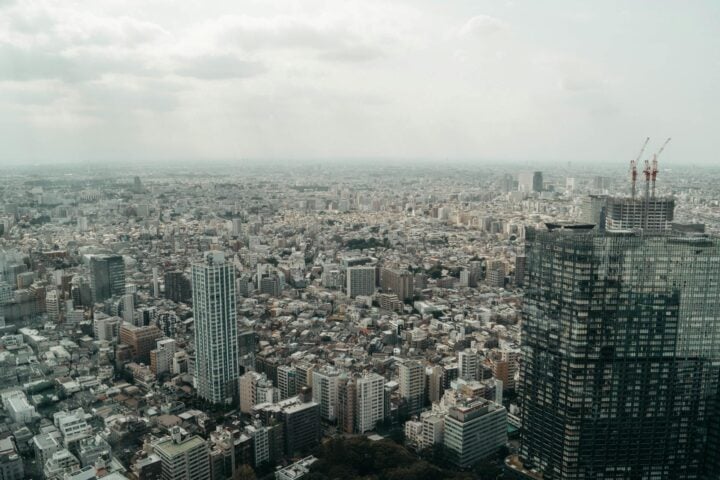Welcome to the Maze
Shinjuku Station, long regarded as Japan’s most bewildering architectural achievement, has finally given up. After decades of attempting to guide passengers through its sprawling, multi-level labyrinth of platforms, tunnels, and existential dread, JR East has announced a radical new approach: rename every exit to “たぶんこっち” (“Probably This Way”).
The decision comes after years of complaints, memes, and spiritual crises triggered by travelers who entered the station on a Monday and emerged somewhere near Saitama on Thursday. Rather than fight the chaos, JR East has chosen to lean into it. Gently, vaguely, and with a shrug.
A Bold Step Toward Total Disorientation
In a move that has left commuters baffled, amused, and quietly resigned, JR East confirmed that all exits at Shinjuku Station will be unified under a single, noncommittal label. The initiative is part of a broader campaign to “embrace the organic chaos of urban navigation” and “reduce the illusion of control.”
“We realized that no one actually knows where they’re going in Shinjuku Station,” said a JR East spokesperson. “So why pretend?”
From Labyrinth to Vibe-Based Transit
Often described as a “dungeon,” “maze,” or “multi-level psychological experiment,” Shinjuku Station boasts over 200 exits, 35 platforms, and at least 3 portals to alternate dimensions. For decades, JR East has attempted to guide passengers with increasingly specific signage such as “New South Gate B1F West Passage,” “Exit 17W (North),” and the ever-popular “Central East Underground Concourse 2-B (Annex).”
But internal reports revealed that these signs only increased confusion. In one 2022 study, 64% of passengers who followed directional signage ended up in a department store they had no intention of visiting. Another 18% gave up entirely and moved to rural Nagano.
The tipping point came when a JR East executive reportedly got lost in the station for over 90 minutes while trying to reach a press conference about improving station navigation. According to sources, he emerged from a vending machine alcove near Exit 12 and simply muttered, “たぶんこっちでいいんじゃない?” (“I think it’s this way… maybe?”)
“That moment changed everything,” said the spokesperson. “We realized the station isn’t a place to be navigated. It’s a place to be experienced.”
The New Signage System
Under the new system, every exit will be marked with the same phrase “たぶんこっち” (“Probably This Way”).
The signs will be printed in soft beige with a friendly sans-serif font. Some will include helpful subtext like:
“We think this leads to the street.”
“Might be the west side?”
“Good luck.”
“Emotionally, this feels correct.”
To support the transition, JR East will install digital displays throughout the underground levels, especially in known “despair zones” where passengers often wander in circles for hours. These screens will display encouraging messages such as:
“You’re doing great.”
“Everyone is lost sometimes.”
“The exit is within you.”
“You are currently somewhere.”
Public Reaction
Reactions from commuters have been mixed.
“Honestly, it’s more honest than ‘East Exit.’ I’ve never found the east.” — Office worker, 34
“I’ve lived in Tokyo for 20 years and I still emerge from Shinjuku like I’ve been reborn.” — University professor, 52
Future Plans
Encouraged by the early response, JR East is now exploring the possibility of expanding the “Probably This Way” signage system to other notoriously disorienting stations across Tokyo. Among the top candidates is Ikebukuro Station, a transit hub so complex that passengers frequently report encountering the same bakery multiple times during a single transfer. “It’s like a pastry-based time loop,” said one commuter. “I’m not even mad anymore.”
Tokyo Station is also under consideration. Rather than adopting the same phrase, JR East plans to trial a variation called “Just Keep Walking”, a signage system designed to gently discourage hesitation. The signs will be accompanied by ambient escalator sounds and faint motivational whispers, creating what officials describe as “a forward-moving emotional environment.”
Meanwhile, Shibuya Station, currently undergoing its 47th consecutive year of renovation, may take a more poetic approach. Instead of directional signs, exits will be replaced with QR codes that link to inspirational haiku, allowing passengers to reflect on impermanence, confusion, and the beauty of not knowing where the hell they are.
There are also plans to launch a companion app called MaybeMap, which offers vague, emotionally supportive directions like:
“Turn left-ish in 30 meters.”
“You’re not lost. You’re exploring.”
“The destination is within you.”
In the long term, JR East hopes to integrate the signage into wearable devices that vibrate gently when you’re “probably near something,” and to develop a scent-based navigation system using calming aromas like yuzu, tatami, and mild panic.




